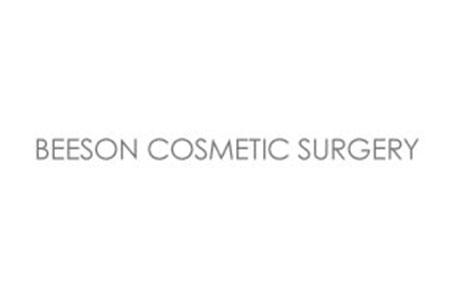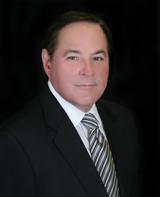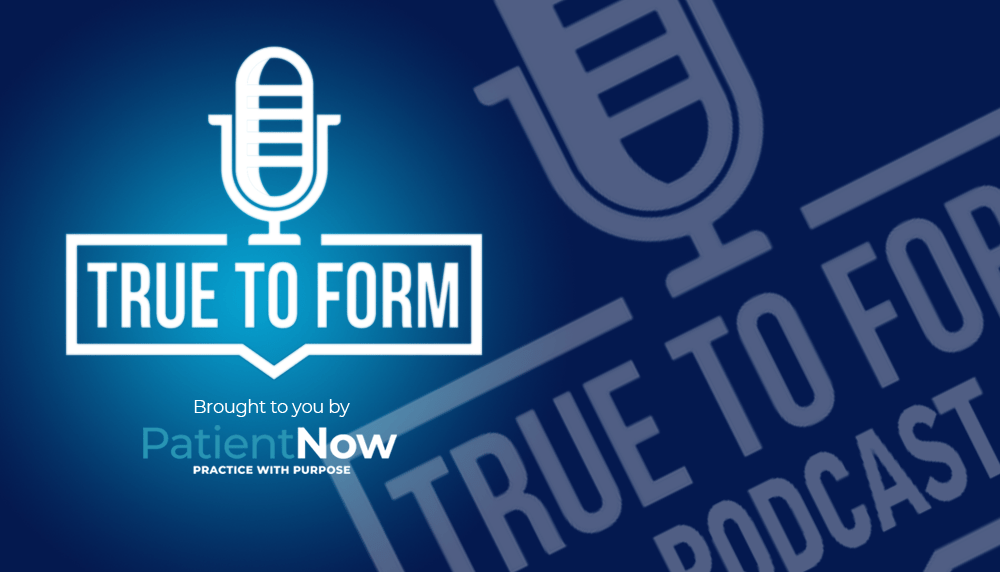
[case-studies]

Most of the advantages that electronic medical records (EMRs) deliver for medically oriented practices also apply to aesthetic surgery practices, according to William Beeson, M.D., a facial plastic surgeon in Carmel, Ind.
Key drivers for EMR adoption include legislative requirements, the need to manage billing of third‐party payers and the efficiency improvements that EMRs can bring to office workflow, says Dr. Beeson, who is also a clinical professor in the departments of dermatology and otolaryngology — head and neck surgery, Indiana University School of Medicine.
Traditionally, physicians’ key reason for not adopting EMRs was their significant cost, “Not only in terms of hardware and software, but also the time waste and inefficiency that’s involved in transitioning from hardcopy to EMRs,” Dr. Beeson says, adding that some practices report productivity losses of 30 to 40 percent during the transition period.
Moreover, he says some aesthetic surgeons believe it makes little intuitive sense that their practices, which generally do limited third‐party billing, could benefit from EMRs.
After 25 years of practice, Dr. Beeson says he chose to transition to a paperless record system (Medical Records Studio, patientNOW) for several reasons. As owner of the first U.S. physician’s office to have its surgery center accredited by a national accrediting organization (the Accreditation Association for Ambulatory Health Care), he says, “I was acutely aware of the increasing requirements for improving patient safety and quality of care and the everincreasing documentation requirements for accreditation and licensing.”
As a solo practitioner, “It was important for me to reduce costs and be as efficient as possible — by reducing staff needs and overhead — while at the same time being able to provide the highest quality of care,” he adds. “I also wanted to maintain control of the practice.” Dr. Beeson says he has seen colleagues “held hostage” by office managers or other key staff members because the doctor didn’t understand how the practice’s major systems and processes worked. “And I didn’t want that to ever happen to me.”
Additionally, Dr. Beeson wanted to reap the marketing advantages an EMR system can provide. “We never really used traditional external advertising such as print and electronic media,” he says. “Instead, we’ve chosen to emphasize internal marketing within the practice. We thought an EMR system could help us better stay in contact with patients and referring doctors” without adding additional staff, which, he says, has proven true. “The EMR helps our patients feel that we are on the cutting edge and that we have a high‐tech, hightouch practice. We can identify with patients a little more personally,” he says.
Image Building
Part of the aesthetic surgery business involves selling one’s image, says Jerry Jacobson, president and cofounder of patientNOW, an EMR and practice management software vendor.
“Going electronic can improve that image — it’s a matter of looking good and having the patient feel the confidence in you” to handle communication and other tasks properly and efficiently, he says.
Unlike primary care physicians, Mr. Jacobson says, cosmetic surgeons must “beat the bushes” to generate prospects and recruit patients, and this requires a significant amount of follow‐up. Often, he says, “That’s an area where staff falls short. What’s one extra patient a week worth to you if the software went ahead and got somebody to call you and schedule an appointment?”
Additionally, a few days after each visit, a fully integrated EMR system allows physicians to automatically send patients surveys to evaluate their visits and the performance of one’s staff, he says.
Access from Anywhere
Dr. Beeson says that since implementing his system, he has found that it provides his practice with full control of its medical records. If a tornado destroys his building, he says, “We’d essentially be able to take our backup tapes and treat patients the next day, and we’d still have all our financial and patient demographic information.”
Under more normal circumstances, a complete EMR package allows physicians access to full charts from anywhere, via smart phones or other portable devices, says Mr. Jacobson. On a broader scale, “Whether it’s scheduling, billing, point‐of‐sale, inventory, EMRs or photo management, having all these functions under one roof means that you’ll save a lot of time and energy through not having to manage multiple pieces of software,” he says.
Says Dr. Beeson, “The most important benefit to me is that I’m better able to monitor my practice. In business, the motto is, ‘What gets monitored gets done.’ At the end of the day, I can take 10 or 15 minutes to pull up the EMR system’s dashboard on a computer and make sure the day’s key tasks have been completed.”
If something has slipped through the cracks, “I can send a task communication to a staff member who is responsible in a matter of seconds. That’s recorded and tracked,” he says.
Error Correction
One day, Dr. Beeson says, the system flagged three procedures that had been performed but not billed; correcting these oversights boosted the day’s bottom line by $1,500.
He says that when someone misses an appointment, the system automatically sends the patient a letter. “And that’s recorded in the chart, so we have medico‐legal documentation and tracking.”
Before implementing the system, Dr. Beeson says if his practice’s patient care coordinator missed work, “I would have been behind the eight ball regarding consultations.” Now, the practice can easily track what stage of the consultation process each patient is in, plus what remains to be done and when.
“Communications can be sent electronically with just a couple mouse clicks,” Dr. Beeson says. “So the system allows us to have someone come in and take over that function. The same holds true for all other practice functions such as scheduling and billing, he says.
“Fortunately,” he adds, “our system has excellent instructional videos, so even a part‐time individual fill in and can very quickly get up to speed.”
Patient Communication
Regarding patient care, Dr. Beeson says that his practice’s electronic charts include checklists to help ensure that no staff member omits steps or fails to ask a patient key questions. “That’s extremely important if you have physician extenders, because it ensures that you have more consistency in your record keeping,” he says. “Certainly, there was a learning curve, but at this point, EMRs in our practice allow better communication. We spend more time dealing with patients face‐toface than we do completing the medical record — that wasn’t always the case.”
Moreover, the system has enabled his practice to convert to a voice‐recognition program (Dragon NaturallySpeaking, Nuance) for dictating medical notes and records. This eliminated transcription costs, which totaled $30,000 annually, thereby paying for the new system within six months. Dr. Beeson says that EMR system also can incorporate files from the third‐party transcription service, which he used early in the transition phase.
Additionally, the EMR implementation has eliminated a 10‐by‐10 foot chart storage area that accounted for approximately $2,000 annually in rent, says Dr. Beeson. Also gone are substantial clerical costs associated with filing and handling paper charts.
Imminent Success
Mr. Jacobson says that as president and cofounder of patientNOW, he is very familiar with doctors’ success in implementing EMR systems. “In switching to an EMR software solution, performance is very important to physicians and their staff,” he says. “In addition to the cost savings, it’s extremely important that you consider going completely paperless right off the bat, so that you cut the ties to the paper records as you start to go electronic.
Otherwise, your practice will limp along, and your staff will constantly be going back and forth between paper and electronic records.” When that happens, “Your chances of success decrease significantly.”
One way to make the switch is to start scanning in the files of all patients who show up for appointments starting from the day your installation goes live, he says. Alternatively, third‐party conversion‐service providers can usually scan the contents of any file room in a matter of days.
Moreover, cloud solutions do not yet offer the performance required by physicians, Mr. Jacobson says. “Internet problems and large files slow everything down. This will change with coming technology cycles.”
Finally, “If you take Medicare, a certified EMR is free or very low cost,” Mr. Jacobson says. “You only need $24,000 in annual Medicare reimbursement to receive up to $44,000 in Medicare bonuses.”
Disclosures: Dr. Beeson reports no relevant financial interests.
Partner at the ByrdAdatto law firm, Brad Adatto, joins #TruetoForm to talk about the velocity of start-up med spas in 2021 vs. years prior, legal tips for getting your practice…
Is your cosmetic practice willing to turn away nearly 75% of new business because of a PICTURE? Over the past several months, RxPhoto has surveyed more than 1,000 consumers to…
Electronic medical records (EMRs) are quickly revolutionizing how doctors in all fields interact with and treat their patients, especially in plastic surgery. EMR software such as PatientNow's suite of EMRs…



